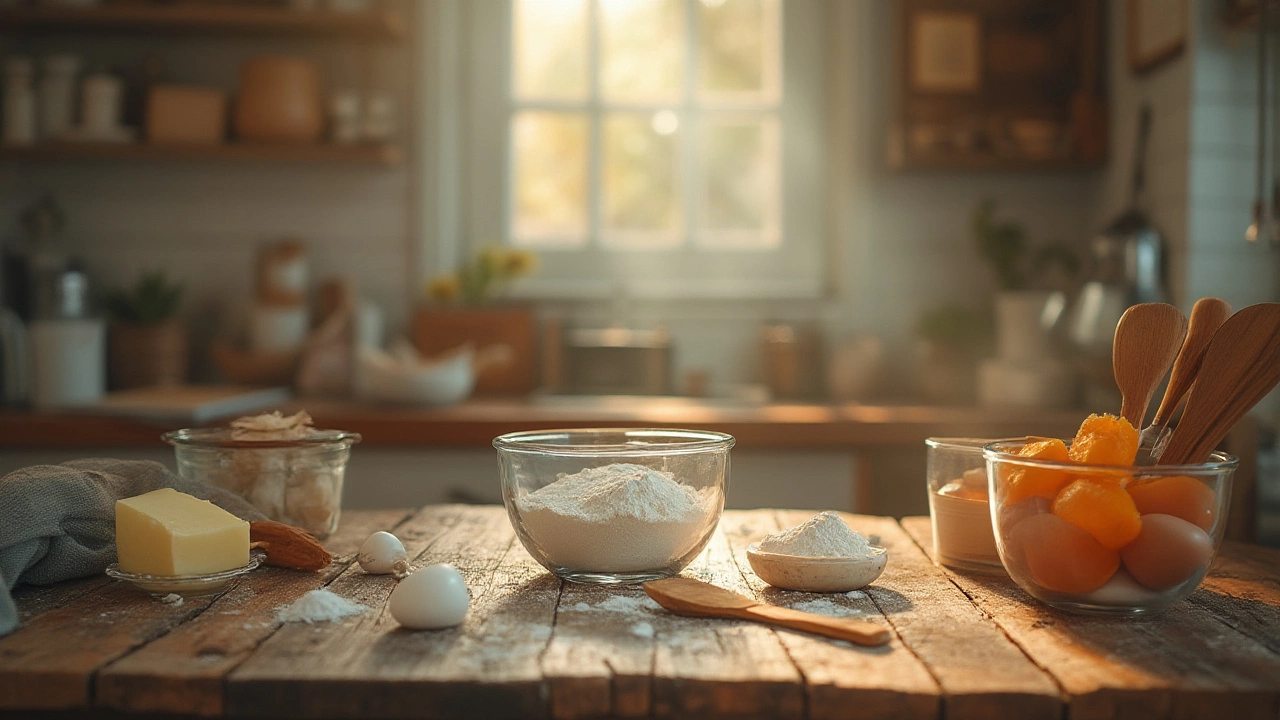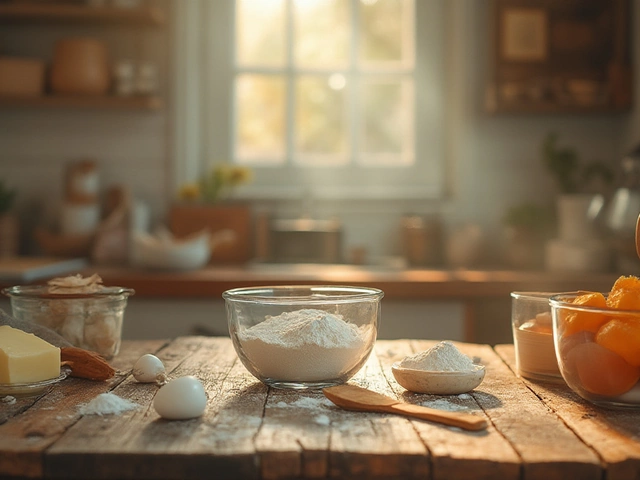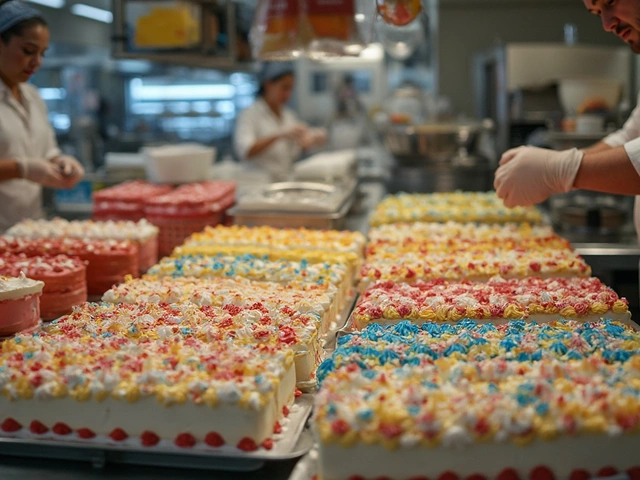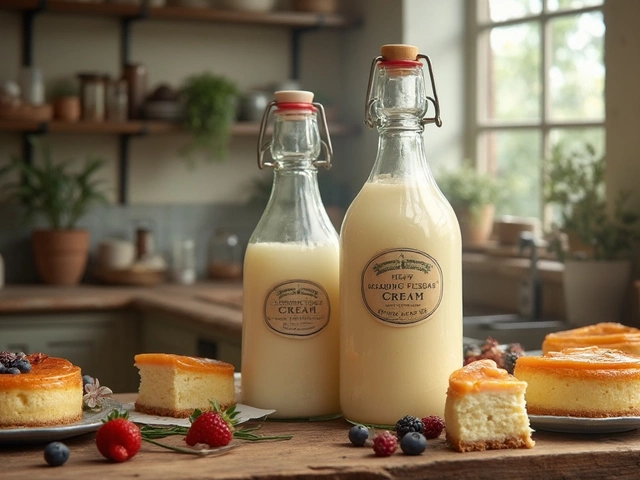Baking Guidelines: Practical Tips for Perfect Cakes, Cookies & Fudge
Want your desserts to come out spot‑on every time? You’ve landed in the right spot. Below are the most useful, down‑to‑earth tips that solve the everyday problems that keep bakers up at night.
Temperature & Ingredient Basics
One of the biggest culprits behind busted bakes is temperature. Whether you’re pulling fudge off the stove or setting a chocolate cake to rise, the right heat makes all the difference. For fudge, aim for the soft‑ball stage: 235‑240°F (112‑115°C). Use a candy thermometer and watch the liquid turn glossy. Too hot and you’ll end up with hard, grainy fudge; too cool and it stays syrupy.
Eggs, butter, and milk should be at room temperature before they meet the dry mix. This prevents clumps and helps the batter rise evenly. If you’re skipping eggs in a cheesecake, know that the structure will change—expect a softer set and add a bit of cornstarch or a vegan binder to keep it from cracking.
Altitude matters, too. At higher elevations, water boils faster, so you may need to increase the cooking temperature by 25°F and add a little extra flour to keep your cakes from collapsing.
Solving Common Baking Problems
Gluten‑free cakes often end up dense or sunken. The secret is to combine a starch (like rice flour) with a binder (xanthan gum or psyllium husk) and to avoid over‑mixing. A gentle fold keeps the batter light, and baking at a slightly lower temperature gives the structure time to set before the crust forms.
Brownies that look good but taste stale? Check the signs: a sour smell, dry edges, or a crumbly texture mean they’ve gone bad. Store them in an airtight container with a slice of bread to lock in moisture, and they’ll stay fresh for up to a week.
Cookies that don’t rise? The answer is simple—make sure your leavening agents are fresh, and don’t over‑cream the butter and sugar. A quick tap on the counter after mixing can help distribute the baking soda evenly.
When a recipe calls for a “soft‑ball” stage, you can also use the cold‑water test: drop a small amount of the syrup into a glass of ice water. If it forms a soft, flexible ball that you can roll between your fingers, you’re spot on.
Birthday celebrations don’t have to revolve around a traditional cake. Think dessert bars, fruit tarts, or even a layered parfait. These alternatives cut down on baking time and still look impressive on the party table.
Finally, remember that good baking is part science and part practice. Keep a notebook, jot down any tweaks you make, and you’ll build a personal guide that beats any generic article.
Now grab your mixing bowl, fire up the oven, and put these guidelines to work. Your next bake will thank you.

Expert Guidelines for Perfect Cookie Baking Every Time
Unlock the secrets of bakery-worthy cookies at home with three essential baking guidelines. Learn why ingredients, timing, and technique matter—and the mistakes to avoid.
View More




